From rice to sweets, Mexican cuisine to enjoy at food stalls and at home
Midori Shimizu, 3rd year student, School of Political Science and Economics

In Baja California, northern Mexico
I grew up in Mexico City, the capital of Mexico, in a bicultural household with a Japanese mother and a Mexican father. You could say I had a pretty typical Mexican childhood attending local schools, spending weekends with extended family, hanging out with friends after school, and eating lots of food.
When I was younger, people in Mexico would often assume I ate sushi and ramen every day just because my mom is Japanese. It was always a bit tricky to explain that our meals at home were a mix of both cultures. But when I moved to Japan for university, I found myself in the opposite situation. Suddenly, everyone assumed I ate tacos every day!
The truth is, Mexican cuisine is incredibly diverse and rich not just in flavor, but also in presentation. Just like you see convenience stores on nearly every corner in Tokyo, in Mexico City, it’s street food stalls that dominate the sidewalks.
Since many people in Mexico enjoy a late-night snack, it’s common to see food stalls still open late into the evening, often run by families or even just one dedicated vendor. When I went back home during summer break, I actually tried not to eat at home too much as I wanted to enjoy as many local favorites as I could while I was there.
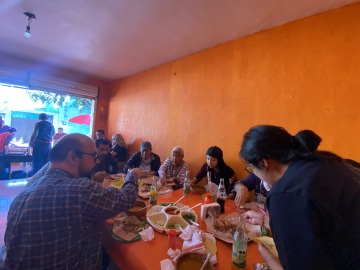
A photo of me eating at a food stall with my family.
Corn, a staple in Latin America, appears in many delicious forms. One of my favorites is esquites: boiled corn kernels served in a cup with mayonnaise, cheese, and lime. It’s simple but bursting with flavor. If you're looking to try something other than tacos, I highly recommend gorditas, fried corn pockets stuffed with pork or other fillings. They cost about 150 yen each and, like tacos, you can pile on toppings like beans, grilled cactus, and spicy salsa.
Esquites (left) and Gorditas (right)
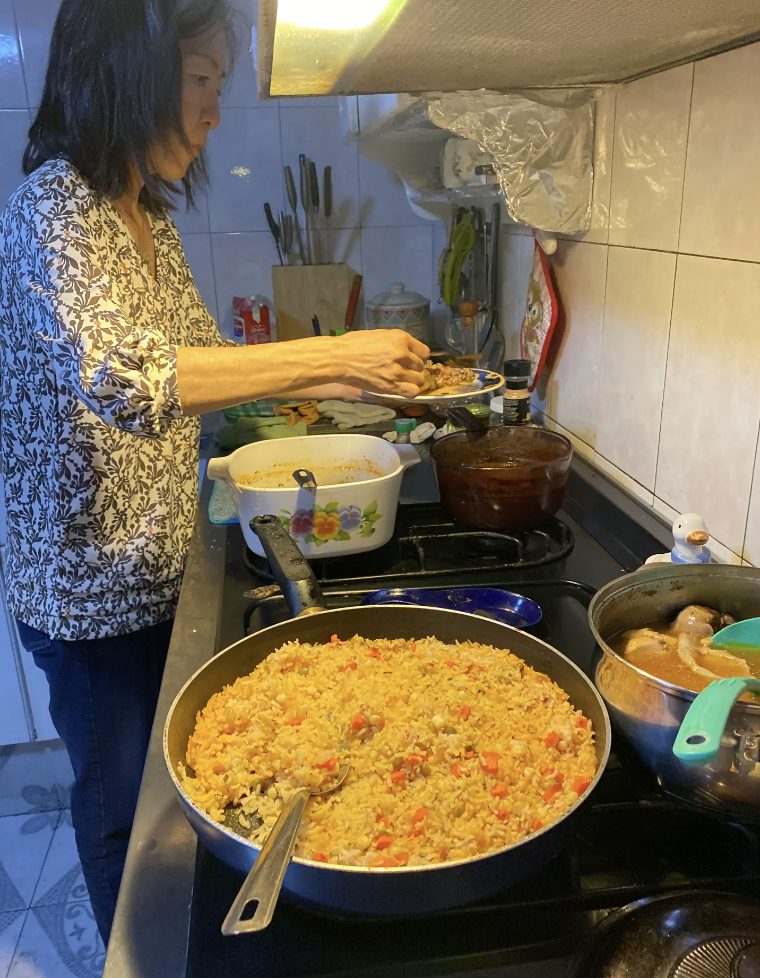
Making "Arroz Rojo" at home
As for homemade meals, arroz rojo (Mexican red rice) is a staple in many households and restaurants. Unlike Japanese rice, which is glutinous and usually eaten plain, arroz rojo is cooked with a tomato and onion base, giving it a vibrant orange color. It’s often topped with chopped vegetables like carrots and green beans and served as a flavorful side dish with many meals.
Now, moving on to my personal favorite, sweet treats! In Mexico, fresh fruit is everywhere. After a long day at school or work, nothing beats a cup of chilled mango slices topped with lime and chamoy, a sweet, sour, and spicy sauce. It’s the perfect balance of flavors, and you can get a generous serving for around 300 yen. You’ll also find colorful fruit cocktails sold at stalls, that have pineapple, watermelon, papaya and melon, often topped with whipped cream, nuts and a drizzle of honey.
Finally, there’s pan dulce (sweet bread), which has a special place in Mexican culture. It’s considered an essential part of the daily diet, especially for breakfast or the afternoon snack. But pan dulce is more than just food, it’s also a symbol of tradition and celebration, especially during holidays like Independence Day and Day of the Dead.
Left: Fruit cocktail. Topped with plenty of whipped cream, it's very filling.
Photo on the right: Independence Day special shell pattern pan dulce. It is very sweet and filling, so even one is enough to satisfy you.
If you ever visit Mexico City, of course, eat as many tacos as you like, you won’t find them quite the same anywhere else! But make sure to also try the many other delicious foods you’ll come across.
◎ This is what Mexico is like ◎
A federal republic located in the southern part of the North American continent; its capital is Mexico City. Its population is approximately 126.01 million (as of 2020). Its area is approximately 196 square kilometers, about five times the size of Japan. Most of the country is made up of plateaus, and agriculture, such as corn, tomatoes, and avocados is thriving. It also faces the Pacific Ocean, the Gulf of Mexico, and the Caribbean Sea, and has rich marine resources. The time difference with Japan is -15 hours.

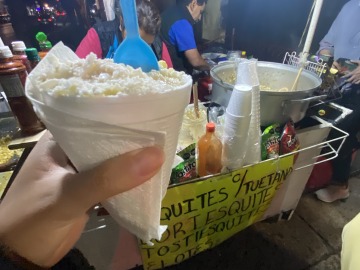
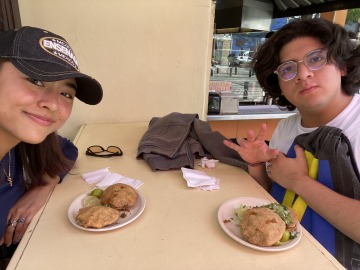


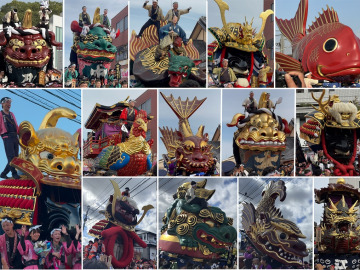


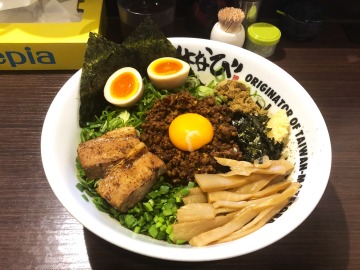

![[Save version] Map of the four main campuses](https://www.waseda.jp/inst/weekly/assets/uploads/2025/09/17cb2975123fc5103172ef60bd98608d-610x458.jpg)

